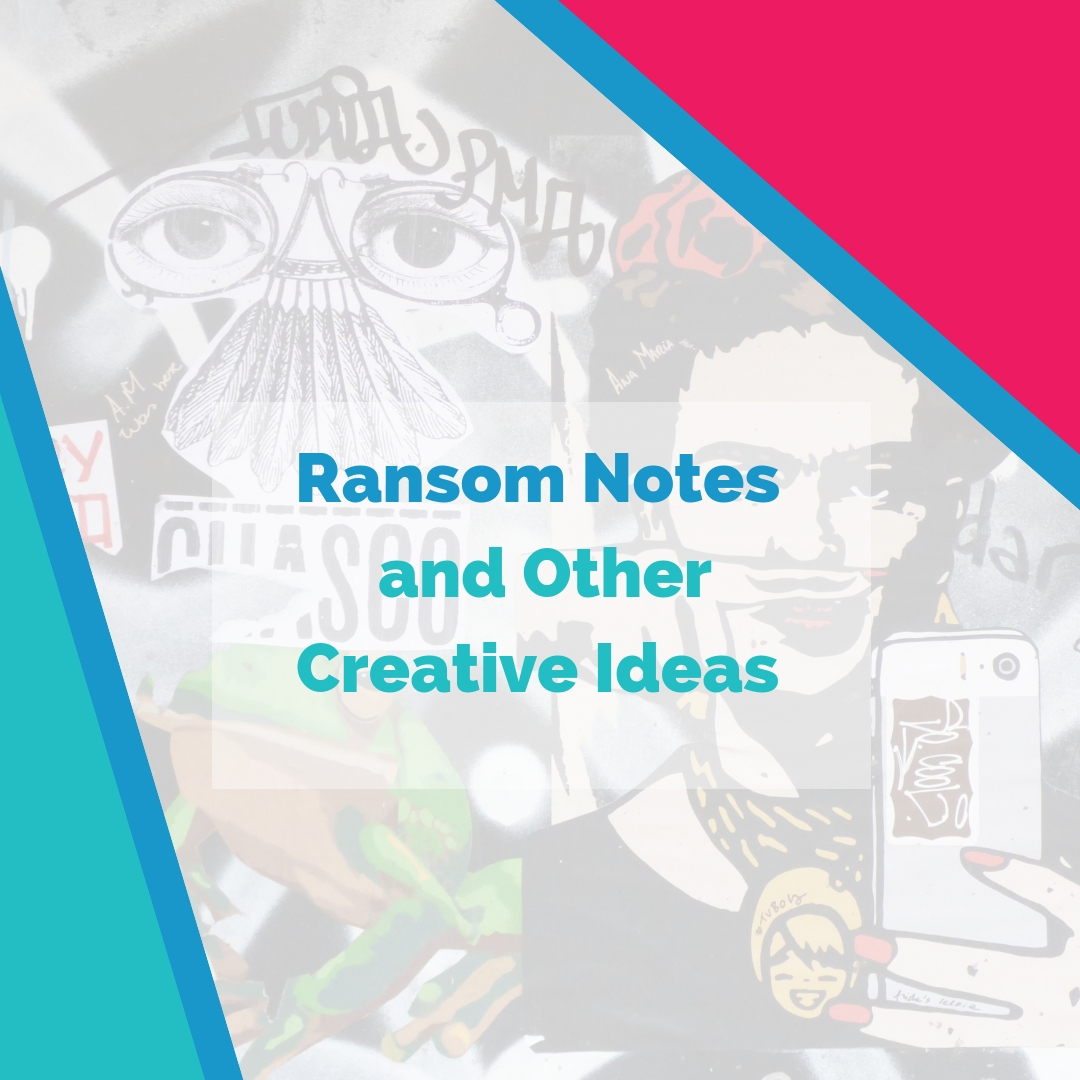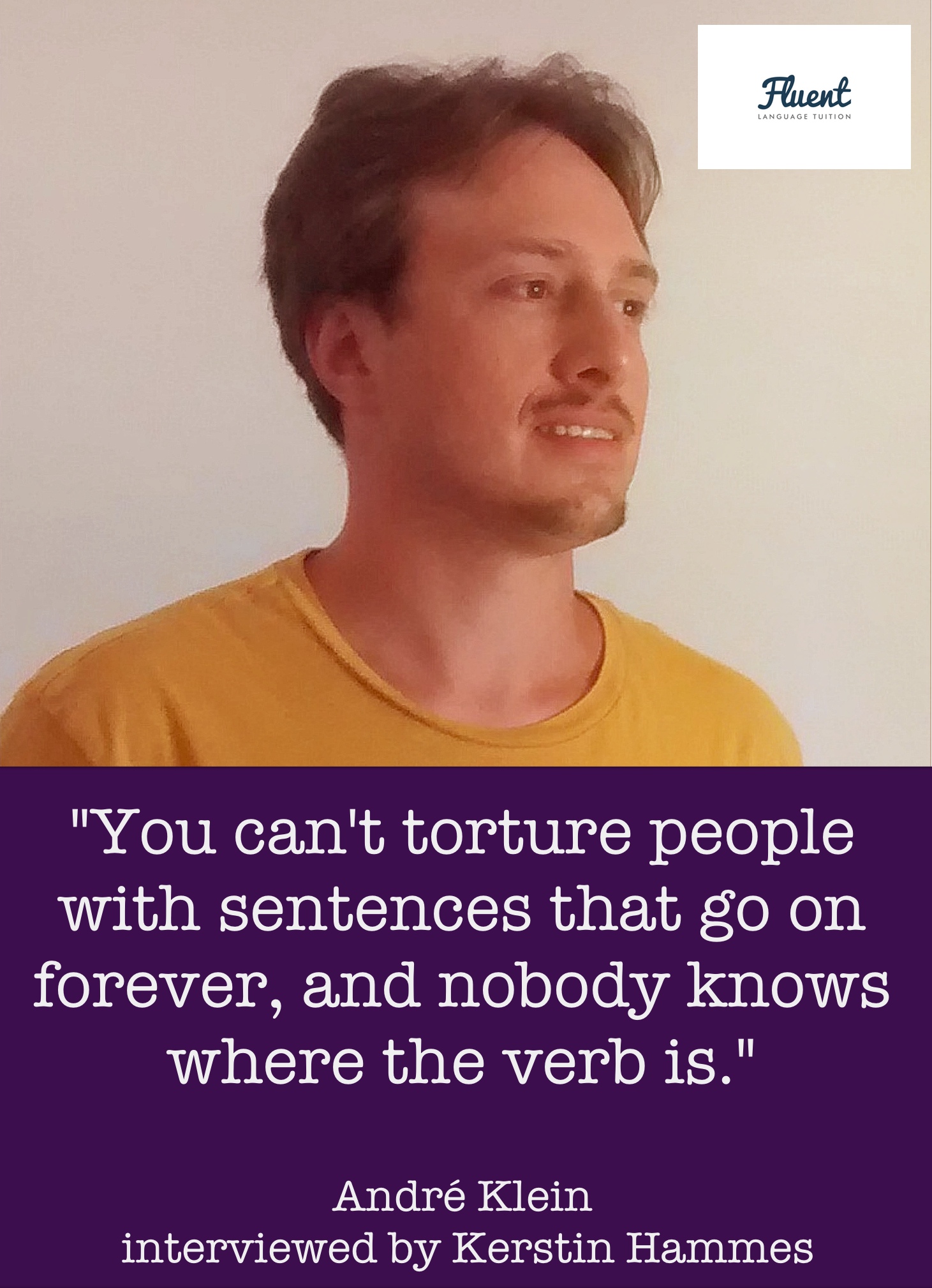Language Learning With Music
Research and discover songs in your target language and music from the target country. Learn new words and expressions by understanding the lyrics of the songs you listen to.
Playing Games
It’s a common theme on this blog: We learn best when we’re having fun. Playing word games like Taboo, or even classic board games in your target language gives you a subtle way of creating a space where you learn a few new words free from pressure.
When you’re on your own, video games create another interesting option for language learning, and some of them are even [developed with language learners in mind.]
Games are especially handy when you want to share your language with kids.
Poetry and Literature
You might think you have to be an advanced level language wizard before you can even touch a book of poems in your target language, but that is not true! Enjoy a story with tools like [Interlinear books], try your first ever haiku, or lose yourself in a rhyming dictionary.
The key here is to express yourself freely and have fun in the process, getting out of your head and into the feeling that you want to have.
Technology
It’s the 21st century, which means you’re more likely to be reading this on a phone than on a desktop computer right now. And that means it’s time to get creative with tech in your new language.
Lindsay recommends creating a language space in social media that’s dedicated to learning your target language, for example a “Norwegian only Instagram”. I’ve tried this too through Twitter lists. The result is fabulous: it’s instant mini lessons, whenever and wherever you want them.
Exercise
Movement boosts memory! Have you ever thought about combining a language workout with a body workout? We had lots of ideas in the podcast, like example looking for exercise videos in your target language, and taking a language podcast out on a jog.
This one’s great for teachers of any age group, too, as you can create a whole new lesson plan when you think about different ways of moving around your classroom (or outside!).
Bricolage / Crafts
For thousands of people, getting creative means creating cool craft projects like woodwork, scrapbooks, or small art. With craft projects, you have so many options of incorporating language.
Of course you can search online for videos and instructions in another language.
Or you could take printed items from the target country and use them to decorate your home. Or make special art pieces celebrating the words you love the most. Or create a photo essay based on inspiring expressions.
Listen to the podcast to hear more about the special things I created as a teenager (Lindsay calls them ransom notes!).
Cooking
Everybody’s got to eat, and most people have to cook. So what could be more practical than cooking yourself a meal in your target language? From seaweed scones to the secret cuisines of Paraguay, we’ve tried this out and recommend it whole-heartedly.
It’s SO Easy To Get Creative in Language
When it comes down to it, we found that it’s almost impossible to be anything BUT creative in language learning. Yet…many learners avoid getting involved.
Or when we do play and enjoy in our target language, we feel guilty as if this isn’t “proper learning”.
So this made Lindsay and me wonder: why the heck did school teach us that language learning has to look like classroom-exam-teacher-class-snoozefest?
STUDY and LEARNING are concepts that feel like they should look a certain way, when in reality they are not.
Creativity is about permission!
In the podcast, Lindsay and I looked deeper into this idea of permission and allowing ourselves to let go of language learning guilt. Guilt does not do us any favours at all so we should learn to let it go.
Whenever you feel like your activity is not “real learning”, it might be time to reconsider and remind yourself to:
- Accept our mistakes (both in language and process and habits and study)
- Be kinder to ourselves (does it really matter if we break a streak?)
- Impress NOBODY but ourselves
How do YOU get Creative in Language Learning?
Do you cook, craft, run, or rhyme with your target language? Or are you worried that these activities mean you won't learn anything?
Leave a comment below and hare your thoughts!



